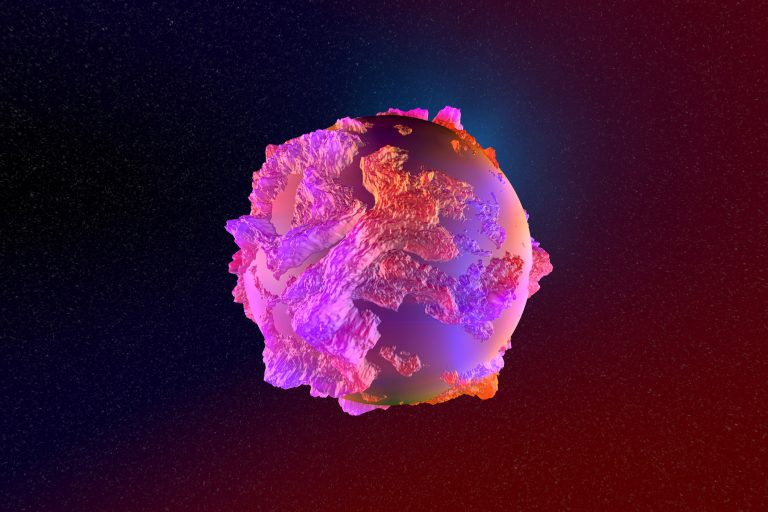
A team from the University of Michigan has recently developed Hydro-Seq, a new system to trap cancer cells one at a time in a blood sample, enabling comprehensive genetic profiling of cancer cells.
“This could be a whole different ball game,” said Max Wicha, M.D., professor of oncology at the University of Michigan and an author on the study. Hydro-Seq is a scalable hydrodynamic scRNA-seq barcoding technique, for high-throughput CTC analysis. The clean separation of cancer cells from a blood sample would enable comprehensive genetic profiling of the cancer cells and capture the variation among cancer cells within a single patient.
The work is published in Nature Communications in a paper titled “Hydro-Seq enables contamination-free high-throughput single-cell RNA-sequencing for circulating tumor cells.”
Recent development of massively parallel single-cell RNA-sequencing (scRNA-seq) provides a powerful method to resolve the cellular heterogeneity from gene expression and pathway regulation analysis. However, the scarcity of CTCs and the massive contamination of blood cells limit the utility of currently available technologies. Earlier techniques meant a trade-off between a comprehensive genetic profile of a limited subset of cancer cells, or capturing most of the cancer cells and only being able to look for a few genes. As a result, the genetic profiles often neglected important populations of cancer cells.
“Our chip allows us to capture pure circulating tumor cells and then extract genetic information without any contamination from red and white blood cells,” said Euisik Yoon, PhD, professor of electrical engineering and computer science at the University of Michigan and senior author on the study.
The process starts with a technique that removes blood cells by sorting the blood sample according to cell size. Starting with about one cancer cell in a billion blood cells, this step left only about 95 or so blood cells for every cancer cell. But that’s still far too contaminated for a detailed genetic analysis. Hydro-Seq gets rid of those last blood cells and then analyzes each cell.
The key technology is a chip with a system of channels and chambers. It traps cancer cells one at a time by drawing fluid through a drain in each chamber, which gets plugged when a cancer cell arrives. Once the chamber is plugged, cells in the channel pass it by and get sucked into the next chamber. Then, to “wash” the blood cells off the chip, they ran clean fluid backward through the chip and drew it out again, taking nearly all the rest of the contaminating cells along.
With a clean sample of isolated cancer cells, the team captured the transcriptomes with barcoded beads, a method that until now was difficult to use with small cell samples. The team dropped a barcoded bead into each chamber and then closed the chambers before destroying the cell membranes. This released the RNA so that the RNA attached to barcoded genetic code on the bead. The team could then analyze the contents of each cell separately.
“Before, we could measure two or three genes at a time with staining methods, but now we get a comprehensive picture of circulating tumor cells by measuring thousands of genes in each cell at once,” said Yu-Chih Chen, PhD, assistant research scientist in electrical engineering and computer science at the University of Michigan and co-first author on the study.
Using this method, the team collected and analyzed 666 cancer cells from the blood of 21 breast cancer patients. The genetic analysis confirmed that even within a single patient, the cancer cells often behave very differently. Wicha’s group has previously shown that cancer metastasis is mediated by cancer cells that have the properties of stem cells. Although cancer stem cells make up only a few percent of a tumor’s cells, they make up a higher proportion of the cancer cells in the bloodstream. In this study, about 30–50% of the cancer cells captured from the blood samples displayed stem-like properties.
This population is particularly easy to miss with techniques that capture clean-but-incomplete samples of cancer cells from patient blood by grabbing onto proteins on the cells’ surfaces. Stem-like cells are on a spectrum between two more-typical cell types, which means that they don’t display consistent protein markers.
“It allows you not only to select targeted therapies, but to monitor the effects of these therapies in patients by doing this blood test,” Wicha said.
Cancer treatment can be a moving target, with cancers changing their gene expression as drugs kill off some cells but not others. Monika Burness, MD, assistant professor of internal medicine at the University of Michigan and co-author on the study, expects to be using the new device to track the progress of patients in an upcoming drug trial. “It’s a very powerful tool to monitor—at the cellular level—what a treatment does to tumors over time,” said Burness, who studies new drug therapies for cancer patients.











